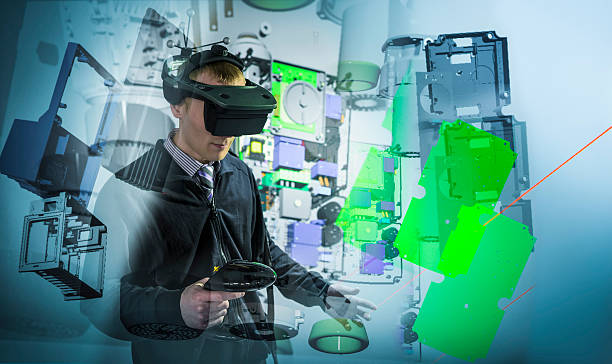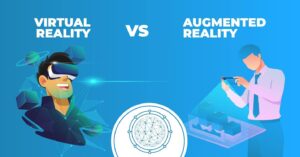How Virtual reality introduces a new perspective to workplace training

In an ever-evolving world of technology, the integration of virtual reality (VR) has begun to reshape various aspects of our lives. One particular arena where VR is making a profound impact is in workplace training. Gone are the days of traditional training methods that often left employees disengaged and lacking practical experience. With the advent of virtual reality, a new era of immersive learning has emerged, offering a dynamic and effective approach to preparing employees for the challenges of their roles. This article delves into the ways in which virtual reality is revolutionizing workplace training, providing an engaging and interactive learning environment that yields lasting benefits.
1. Immersive Learning Environment
Virtual reality creates an environment where learners can immerse themselves in realistic scenarios. This is especially valuable in workplace training, as employees can be exposed to lifelike simulations that replicate actual situations they might encounter. Whether it’s handling complex machinery, practicing critical decision-making, or navigating high-stress situations, VR provides a safe and controlled space for learners to gain hands-on experience without real-world consequences.
“Tell me and I forget, teach me and I may remember, involve me and I learn.”
– Benjamin Franklin
2.Active Engagement and Participation
One of the challenges of traditional training methods is the passive nature of the learning process. Virtual reality, on the other hand, demands active engagement and participation. Learners must respond to dynamic scenarios, make decisions, and execute actions, enhancing their problem-solving skills and critical thinking abilities. This active learning approach not only improves retention but also prepares employees to respond effectively in real-life situations.
3.Personalized Learning Paths
Every employee has a unique learning curve and individualized training needs. Virtual reality accommodates these differences by allowing organizations to create personalized learning paths. Learners can progress at their own pace, repeating modules if needed, and focusing on areas that require additional attention. This flexibility not only improves knowledge retention but also boosts overall confidence and competence.

4.Risk-Free Learning
Certain workplace scenarios involve inherent risks, such as handling hazardous materials or operating heavy machinery. Traditional training methods often entail significant risks for both employees and equipment. Virtual reality eliminates these dangers by providing a risk-free learning environment. Employees can practice procedures as often as necessary, refining their skills without fear of accidents or damage.
5.Real-Time Feedback and Assessment
Virtual reality offers real-time feedback and assessment, which is crucial for effective learning. Learners receive immediate evaluations of their actions and decisions, enabling them to identify areas that need improvement. This iterative process accelerates the learning curve and ensures that employees are well-prepared before applying their skills in real-world situations.
6.Enhanced Collaboration and Team Building
Collaboration and teamwork are essential in most workplaces. Virtual reality facilitates these aspects by allowing employees to train together in a virtual environment, regardless of their physical locations. Team members can practice coordination, communication, and problem-solving as if they were physically present, fostering a sense of unity and camaraderie.

The introduction of virtual reality into workplace training heralds a new era of learning that is engaging, effective, and adaptable. As organizations strive to keep up with the evolving demands of their industries, embracing this innovative technology can provide a competitive advantage. With its ability to create immersive learning environments, foster active engagement, and offer personalized training experiences, virtual reality is transforming workplace training into a dynamic and impactful journey. As we move forward, it’s clear that virtual reality will continue to shape the future of learning in the professional realm, enhancing skills and driving excellence across various sectors.






1 thought on “How Virtual reality introduces a new perspective to workplace training”